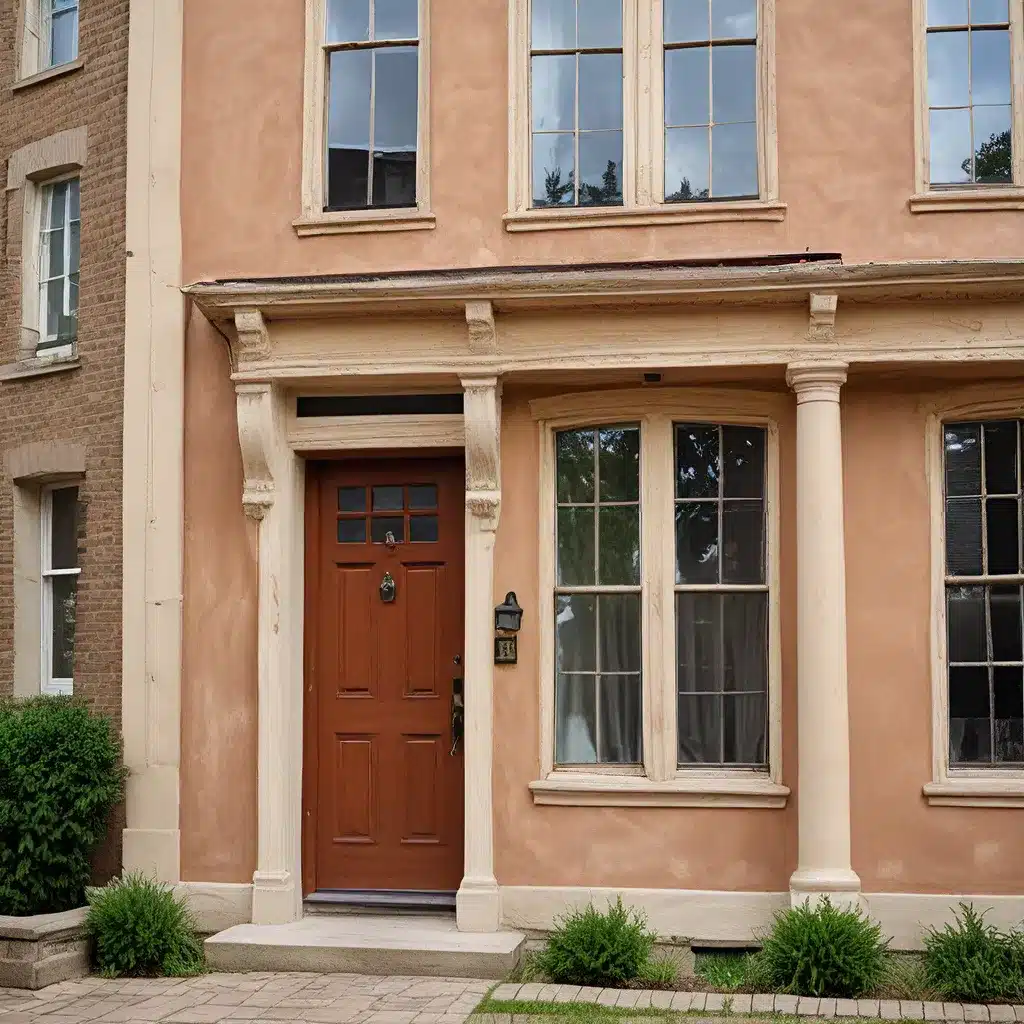
Uncovering Buried Treasure
Imagine stepping into a time machine and being transported back to the early 1900s – the era of charming farmhouse sinks, claw-foot tubs, and intricate Victorian details. As a homeowner today, you have the unique opportunity to resurrect these captivating pieces of the past and breathe new life into them.
When I stumbled upon a rusted, crusty 1929 farm sink at my local ReStore, my heart raced with excitement. This wasn’t just any ordinary fixture – it was a genuine piece of Americana, oozing with character and history. I knew I had to give it a second chance.
Bringing the Sink Back to Life
As I rolled up my sleeves and got to work, I quickly realized that reviving an antique sink was no easy task. The exterior was caked in layers of flaking paint and rust, while the interior was plagued by mysterious stains and grime. But I was determined to uncover its former glory, no matter what it took.
First, I tackled the daunting exterior. Using a sturdy wire brush, I scrubbed away the old paint and rust, revealing the beautiful cast-iron base underneath. A good spray down with the garden hose washed away the last bits of debris, and I let the sink dry completely before applying a thick coat of oil-based Rust-Oleum paint.
The interior, however, proved to be a tougher challenge. No matter how much I scrubbed and scrubbed with natural remedies like borax and baking soda, those stubborn stains refused to budge. I almost gave up hope, but then a serendipitous conversation with my husband led me to the secret weapon: Lime-A-Way.
“The elderly local guy we bought our cast-iron bathtub from mentioned that Lime-A-Way was good for getting rust stains out,” he told me. Skeptical but desperate, I rushed to the store and grabbed a bottle. To my relief, the green gel worked like magic, restoring the sink’s original white luster in no time.
Embracing the Imperfections
As I admired my freshly cleaned and painted farm sink, I couldn’t help but notice the small dings and nicks in the ceramic finish. At first, I was tempted to try and cover them up, but then I realized something profound: These imperfections were part of the sink’s story.
The cracks and scratches were a testament to the countless hands that had washed dishes in this very basin over the decades. They were a physical embodiment of the memories and experiences that had unfolded within these four walls. And you know what? I decided to embrace them. After all, if Laura Ingalls Wilder and the original lady of the house, Emma White, could use a sink like this, so can I.
Honoring History, Reviving Charm
As I placed the newly restored sink in our farmhouse kitchen, I couldn’t help but feel a sense of pride and connection to the past. This wasn’t just a functional fixture – it was a tangible link to the rich history of our home. And by preserving its authenticity, I was able to breathe new life into a forgotten relic, giving it a chance to continue its story.
Mastering the Art of DIY Restoration
If you’re feeling inspired to tackle your own DIY restoration project, here are some key tips I’ve learned along the way:
Assess the Condition
Before diving in, take the time to carefully inspect your piece. Look for any damages, scratches, or imperfections that may require special attention. Knowing the full scope of the work upfront will help you manage your expectations and avoid any unwelcome surprises.
Identify the Materials
Determine the type of wood and existing finish on your piece. This information will guide you in choosing the right stripping and refinishing methods. Remember, solid wood and wood veneer require different approaches.
Prepare Your Workspace
Set up a well-ventilated, well-lit area to work in, and protect your surfaces with drop cloths or plastic sheeting. This will help minimize mess and ensure a successful project.
Strip with Care
Whether you opt for sanding, chemical strippers, or a heat gun, take your time and work methodically to remove the old finish. Be cautious of any potential hazards, like lead paint.
Refinish with Patience
Sanding, staining, and painting all require a delicate touch and ample time. Don’t rush the process – embrace the journey and let the piece reveal its true character.
Personalize with Touches
Add your own unique flair by upgrading the hardware, lining the drawers with wallpaper, or incorporating other decorative elements. These small details can make a big impact.
As you embark on your own DIY restoration adventure, remember that the true beauty lies not just in the final result, but in the journey itself. Every scratch, dent, and stain is a testament to the rich history of your home – a story waiting to be uncovered and celebrated.
So, what are you waiting for? Grab your tools, roll up your sleeves, and get ready to revive the charm of your very own hidden treasure.
Related posts:
No related posts.




